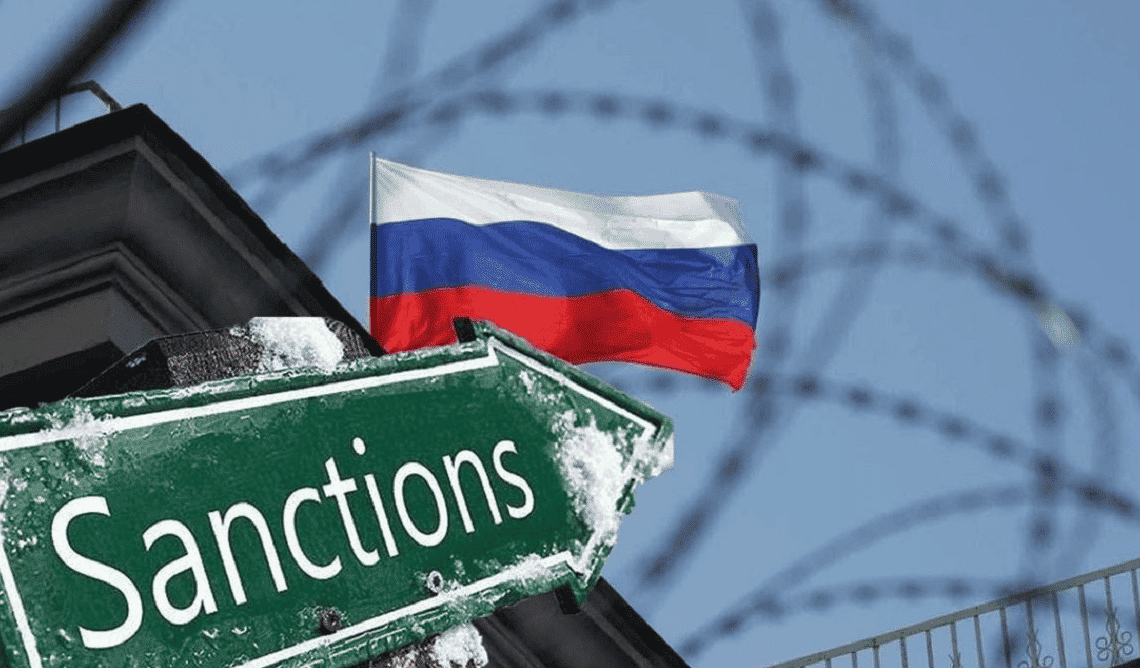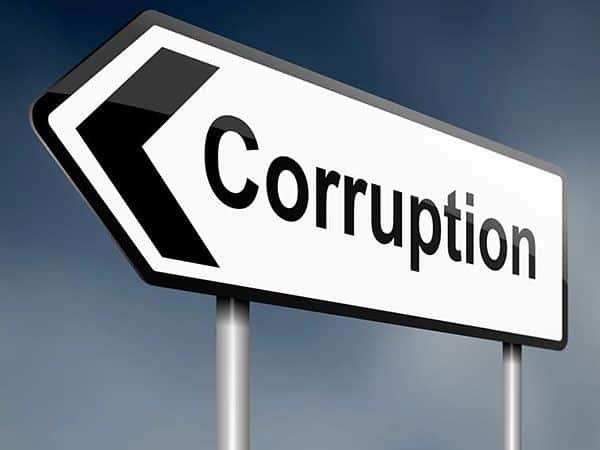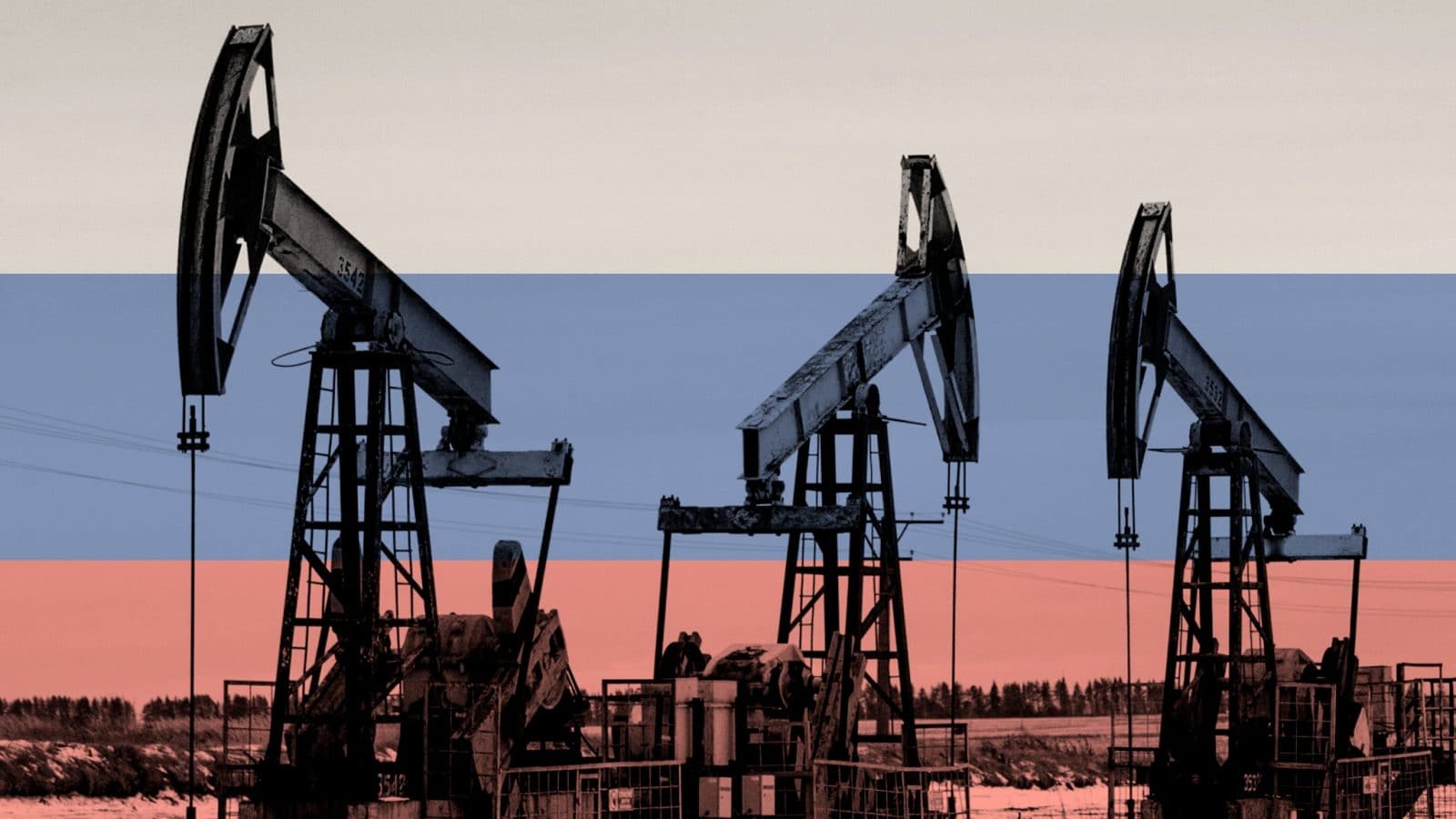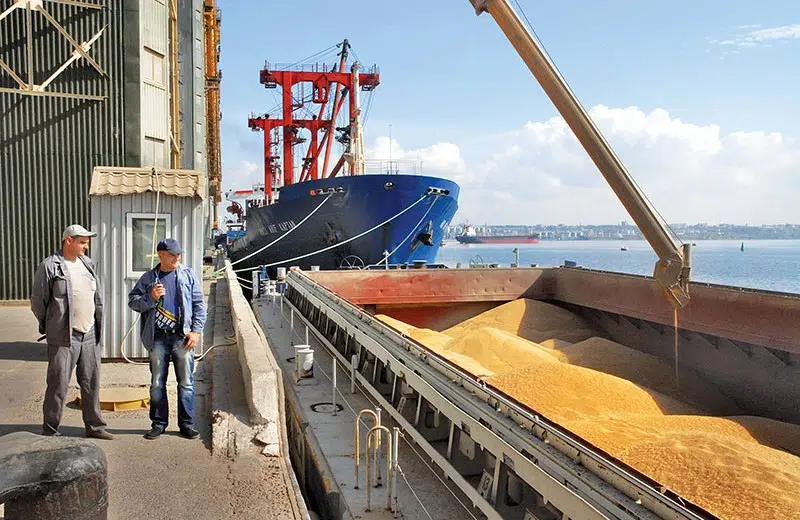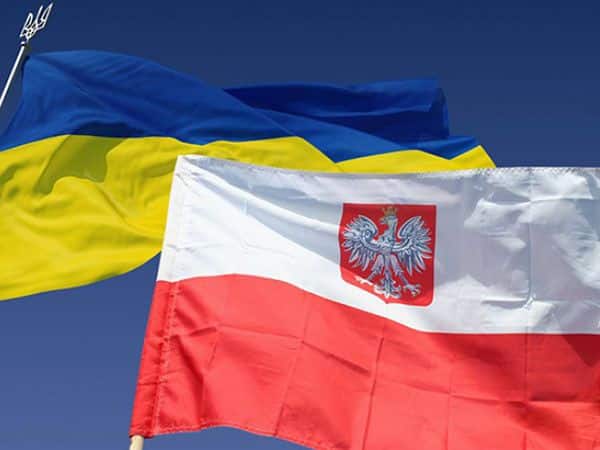Table of Contents
The European Union has concluded that it cannot legally confiscate frozen Russian assets in the EU, but it has finally identified a potential path for their utilization.
No country in the world can meet all of Ukraine’s reconstruction needs. The scattered frozen Russian assets around the world remain the real and primary source of recovery. Their exact amount has been and remains unknown. Even if we consider the optimistic estimate of $500 billion by the Prime Minister of Ukraine, it is already less than the damages inflicted upon Ukraine. And there are many contenders vying for at least a portion of those assets, including “Russians affected by the war.”
Meanwhile, over the course of 16 months of full-scale war, only about $1 billion, or less than 0.3% of the total damages, has been recovered, and 99% of such assets were recovered within Ukraine. Others are not in a hurry.
The experience of the United Kingdom is indicative. On one hand, Foreign Secretary James Cleverly stated that sanctions, including asset freezes, will remain in place until full compensation for the inflicted war damage is achieved. On the other hand, Shadow Foreign Secretary David Lammy openly declared that the government doesn’t even have a plan for how to confiscate these assets.
Indeed, unfortunately, the situation appears to be the same in most countries. Therefore, the most significant achievements of key partners in terms of recovering Russian assets this year can be considered as follows.
Development of legislation aimed at recovering Russian sovereign assets
While the EU continues to emphasize legal limitations on lawful confiscation, breakthroughs have been made in the parliaments of the United States and the United Kingdom, where flagship bills have been registered with real chances of support. The British did not provide detailed explanations of the methods of asset recovery, but the Americans have gone further.
Their REPO project is noteworthy, which grants the President the right to confiscate Russian sovereign assets under the jurisdiction of the United States and transfer them to a special Support Fund for Ukraine.
The most significant innovations are, firstly, providing clarity on the duration of the freezing of Russian assets and, secondly, introducing the possibility of irreversible confiscation of Russian sovereign assets with subsequent transfer for compensating war-related damages.
Indeed, no Russian sovereign asset blocked or immobilized by the Ministry of Finance can be released or unfrozen until the President confirms to the relevant Congressional committees that:
- The military actions between the Russian Federation and Ukraine have ceased.
- The Russian Federation is participating in a voluntary international mechanism that ensures the fulfillment of its obligations to compensate Ukraine for all debts owed to Ukraine.
In addition, the President’s decision to unblock or unfreeze a Russian asset can be overridden by a joint resolution of both houses of parliament. This provides certain guarantees to Ukraine in light of future presidential elections in the United States, in case a winning candidate seeks to change the policy towards Russia.
However, at present, efforts should be made to ensure that these legislative initiatives first become laws and then start to take effect.
The use of proceeds from frozen Russian funds. Source of current reconstruction
Recently, the idea of transferring funds to Ukraine from frozen Russian assets without direct confiscation has been gaining traction among partner countries.
In May 2023, the Belgian government announced the transfer of €92 million in tax revenues to Ukraine from €180 billion in assets of the Central Bank of Russia, frozen in accounts of the international depository Euroclear. Investments from these proceeds also generate funds. In 2022, €821 million in income was obtained, of which the Belgian government collected €625 million in taxes. However, neither the announced €92 million nor the potential €625 million has been deposited into Ukraine’s accounts yet.
Belgium’s experience is being discussed at the EU level as one example of possible use of proceeds from Russian funds. According to recent information, the EU working group on the use of frozen funds is considering the transfer of proceeds that Euroclear will receive to Ukraine, as an alternative to direct management of frozen assets. They believe that the latter carries risks of interfering with property rights and potential loss of funds. However, according to the President of the European Commission, they will present a proposal soon, and then it will become clear which of the two options the EU has chosen.
Confiscation for sanctions evasion as an additional source of reconstruction using Putin’s “wallets”
In connection with the annexation of Crimea and events in Donbas, many countries (such as the US, Canada, UK, EU, and others) have imposed personal sanctions as well as sanctions against Russian companies. However, over the years, numerous schemes to circumvent sanctions have been developed, and new ones have emerged. Therefore, it is crucial to address both the closure of loopholes and the actual accountability for rule violations. States are also seeking to strengthen accountability for sanctions evasion, including criminalizing such actions. This enables the enforcement of sanctions regimes through the threat of imprisonment and the confiscation of assets that attempted to bypass restrictions. Within the framework of criminal prosecution for sanctions evasion in the US, assets of Russian oligarch Malofeev totaling $5.4 million were confiscated and later transferred to Ukraine, thanks to a special amendment.
The United Kingdom is currently considering amendments to the Economic Crime and Corporate Transparency Bill that would require sanctioned persons to declare any assets they control in the UK. Failure to disclose these assets within a specified timeframe would be criminalized as a form of sanctions evasion, and such assets could be confiscated through existing procedures.
See also: Who will rebuild Ukraine? What does the arrival of the world’s largest investor mean?
Despite the fact that in some EU countries such actions have already been criminalized, the European Commission has begun the two-stage implementation of criminal liability for sanctions evasion. Initially, by a decision of the EU Council, the violation of Union restrictive measures became a crime. The second step involved the Commission’s proposals for a Directive on defining criminal offenses and penalties for breaches of EU restrictive measures. Currently, the European Parliament is required to vote on a resolution supporting the Directive in the first reading. However, the implementation of these changes, even after their adoption, will take several years and will depend on the law enforcement agencies of individual countries.
But let’s not criticize our partners for their slowness because Ukraine has not yet criminalized such acts. The relevant draft law has been under consideration by the parliament for 5 months.
Therefore, most countries are still seeking ways to confiscate Russian funds. It should be clearly understood that Ukraine’s partners cannot simply seize Russian assets, whether they belong to the state or oligarchs, due to the obstacles of overcoming sovereign immunity and the inability to restrict the sacred right of private property cherished in the West.
Steps towards compensation and recovery
So, let’s outline 5 necessary and realistic steps that will allow for compensation of damages through the aggressor country and its accomplices. Special attention should be paid to their implementation in communication with Ukraine’s international partners.
- Audit of all Russian assets and data synchronization.
Ukraine and partner countries should identify and freeze not only the assets of the Central Bank of Russia but also the property of the aggressor country and companies in which Russia holds a stake. The key challenge here is the lack of open data on objects owned by the Russian state.
According to the latest officially published data from the Accounting Chamber of Russia as of 2012, the aggressor country possessed 973 foreign assets (166 plots of land and 807 buildings and premises). It is important to note that these are properties not covered by diplomatic immunity. In 2015, when this data was already withdrawn from public access, Russian officials collectively estimated the value of these assets to be at least $5 billion.
It can be assumed that Russia still possesses real estate in at least a hundred countries. These include land plots, estates, apartments, cultural centers, churches, and more. It is important for partner countries to conduct a comprehensive audit of Russian-owned assets on their territory and freeze the identified assets.
See also: “Ukraine’s losses will amount to trillions of dollars” — economist on the consequences of the war
Regarding private assets, efforts should be intensified to identify beneficial owners of wealth belonging to sanctioned individuals, followed by the freezing of such assets. Countries need to implement a coordinated and collective policy in this regard, so the gathered information should be synchronized among partners.
- Creating a strategy and a unified fund to ensure effective management of frozen assets.
It is necessary to develop a strategy for managing frozen assets with the goal of not only their physical preservation but also generating profits that can be utilized for the reconstruction of destroyed infrastructure and strengthening Ukraine’s defense capabilities. Modest estimates suggest that annual income from managing such assets could amount to $2-3 billion.
The next step should be the establishment of a unified international fund for frozen assets, with its manager preserving the core body of assets for their future use as collateral for reconstruction efforts.
- Criminalizing sanctions evasion and monitoring compliance with sanctions regimes.
This will help to significantly limit the possibilities of circumventing sanctions through the threat of real imprisonment and huge fines, and is an additional and quite understandable tool for other countries to compensate for the damage caused by the war through the possibility of confiscating assets that were attempted to be removed from sanctions.
Countries should introduce a rule on mandatory self-reporting of assets owned directly or indirectly by sanctioned persons. The next step should be to criminalize the concealment of assets of sanctioned persons with the possibility of their further confiscation in civil proceedings. The effectiveness of these measures depends on the provision of sufficient resources to the authorities responsible for monitoring compliance with sanctions restrictions and investigating sanctions evasion, including the introduction of cost caps for such categories of cases.
- Improving existing and implementing special civil procedures for the confiscation of assets belonging to war accomplices.
Partner countries should incorporate mechanisms for civil asset confiscation of sanctioned individuals into their legislation and actively utilize existing civil confiscation tools both within and outside criminal proceedings. It is crucial to establish provisions that would ensure the directed transfer of confiscated assets to Ukraine.
- Signing the International Multilateral Agreement within the framework of the Global Compensation Mechanism.
The current international law must adequately respond to new challenges, particularly aggression committed by a nuclear superpower and a member of the UN Security Council towards its independent neighbor. The approach to property inviolability needs to be altered.
The creation of the International Register of Damages caused by Russian aggression to Ukraine was announced at the Summit of Heads of State and Government of the Council of Europe, held in Reykjavik on May 16-17, 2023.
The Register of Damages is only the first component of a comprehensive mechanism for compensating damages. Additionally, an International Compensation Mechanism will be established through a separate international agreement in cooperation with Ukraine, which will involve the operation of a Claims Review Commission and a Compensation Fund. Such an agreement should include provisions regarding the confiscation of assets from the aggressor and its accomplices as a source of funding for the fund.
Originally posted by Tetiana Khutor on Zn.ua. Translated and edited by the UaPosition – Ukrainian news and analytics website

